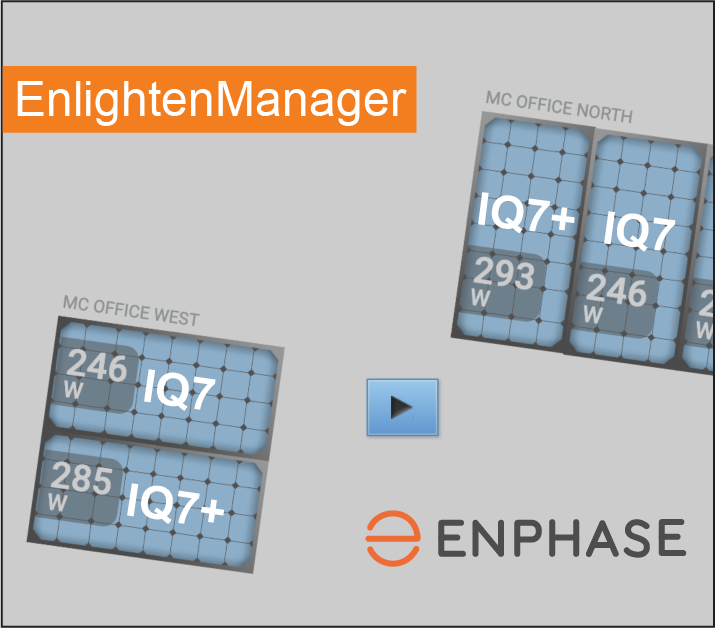Solar Edge is not representative of the reliability of other string inverters.
SMA and Fronius are two big names, but I don't know what market shares are now.
Some 20 years ago when CEC rebates were available, their list of installed systems was > 50% SMA, < 50% shared by 20 other companies.
My own reliability calculation was 34 years MTBF, from 5 (later reduced to 4) SMA SWR2500U inverters operated over 17 years, with 2 failures.
Came across the following blog. It includes the company's installed system numbers and failure rates for SolarEdge, Fronius, Enphase. Also, information on limitations and best use of optimizers. https://www.mcelectrical.com.au/solaredge-inverter-optimiser-review/

diysolarforum.com
(Some people defending Solar Edge's reliability even after all data given in that thread.)
One metric I came up with is ratio of "for part or repair" vs. "Used" listings on eBay. Very telling.
I agree, quality of design and manufacturing.
Environment (including heat) affects life, so Enphase has to design for a more hostile environment.
Whether the fans run (in my newer inverters) depends on temperature, and if not running the output power will be derated (but would run at upper end, impacting life.) The electronics is NOT exposed to dust in these inverters. That compartment is sealed 4x. Only fans and transformer are 3R.





